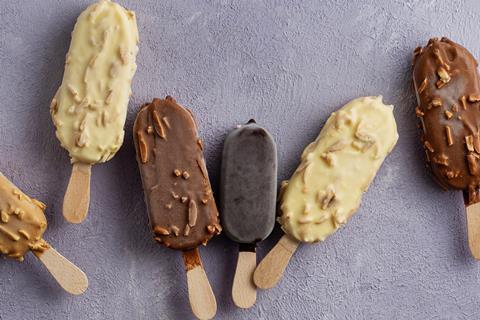
The global ice cream market is in the spotlight following’s Unilever’s decision to spin out its ice cream unit before year end.
It’s a big business, with revenues of €8bn and EBITDA of €1.3bn – representing 13% of Unilever’s global revenues and 10% of its profits. It owns four of the five largest global ice cream brands: Heart, Magnum, Ben & Jerry’s, and Cornetto. Magnum is the clear global market leader in ice cream, with a 21% market share.
Global ice cream is a large market, valued at €75bn in 2024 with a growth rate of around 3%-4%, implying it could reach close to €100bn by 2030. So why is Unilever pulling out?
Battling weak volumes
We are seeing a trend of fmcg companies reassessing where they have real competitive advantage. In some cases, they are being forced to think creatively about how to combat weakening volumes and compressed valuations.
Kellogg’s, for example, was split into two companies: Kellanova and WK Kellogg. Both have recently been acquired by family-controlled businesses. Mars acquired Kellanova for $36bn in August 2024 and Ferrero snapped up WK Kellogg for $3.1bn in July this year. As family-controlled businesses, they can work on different timeframes to public companies, without having to answer to shareholders.
Meanwhile, Kraft Heinz is going back to the future. It recently announced plans to spin off a large chunk of its grocery business – including many Kraft products – into a new entity. The aim is to focus on its faster-growth sauces and spreads/condiments businesses.
Similarly, Nestlé is closely assessing its portfolio under its new leadership team. The fmcg giant has said it is open to a strategic partnership in waters, and recently announced a review of its mainstream vitamins and supplements business, which could lead to a disposal.
This trend is not confined to food. Reckitt has recently announced a divestment of its Essential Home unit and has also said its infant formula business is non-core. Kenvue has recently ousted its CEO following pressure from three activists, and announced a strategic review looking at a range of options, one of which may result in it being broken up.
Unilever’s ice cream separation
The situation at Unilever is a little different. It’s not under the same volume pressure as some of its peers. The reason for the ice cream separation is that there are few synergies with the rest of its portfolio, particularly around its cold-chain route to market.
At the same time, Unilever is following the trend of focusing on areas of competitive advantage with better growth prospects. The company sees its future more in premium personal care and beauty. Unilever’s CEO Fernando Fernandez candidly said in March: “Ice cream requires the beauty of a marketing company but the cost control of a beer and soft drinks company. Unilever had delivered on the former but not the latter.”
The problem with unpicking portfolios that have been built over time, often through acquisition, is that it can be very time-consuming, complex, and expensive to disentangle. As such, management teams must weigh up whether the end result is worth the effort and whether they have a realistic prospect of creating value.
In the case of Magnum, it needs to prove it can thrive as an independent company, delivering better growth and margins than was the case inside the Unilever umbrella. That will require building an operating model dedicated to the unique characteristics of the ice cream market, but tailored to Magnum’s current starting point. It will also require investment, particularly in terms of capex, to realise its vision.
However, there is a precedent. A decade ago, Nestlé was also struggling with the profitability of its ice cream business. In 2016, It decided on an innovative solution, partnering with private equity firm PAI to create a pureplay ice cream company called Froneri. The idea was to pool Nestlé’s strong ice cream brands and out-of-home presence with PAI’s competitive manufacturing model.
This JV has created significant value for both parties and has had a good track record of building brands and taking share. Indeed, Froneri profits have almost trebled since 2019, while Unilever’s ice cream profits have flatlined. Despite Froneri being a smaller business, with around a quarter of its sales in private label and licensed brands, it has operating margins that are more than 200pps higher than Magnum ice cream.
The Froneri example illustrates what can be done with a focused mindset and the right incentives and operating model. It is now Magnum’s turn to step up to the plate. However, transforming its prospects will need to be more than just plain vanilla.
Warren Ackerman, head of European consumer staples research at Barclays

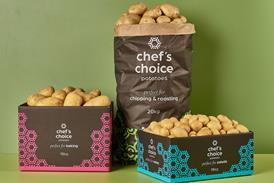

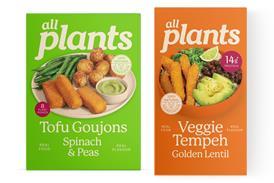
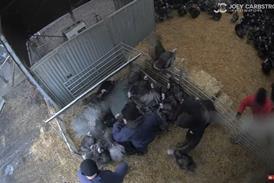
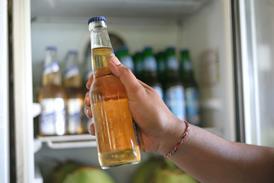
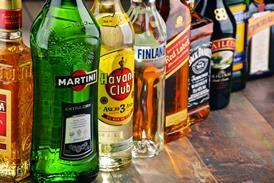
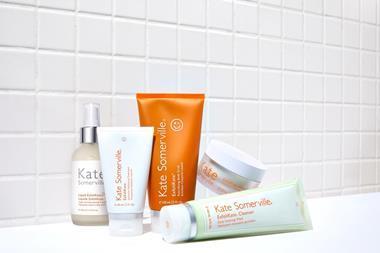











No comments yet